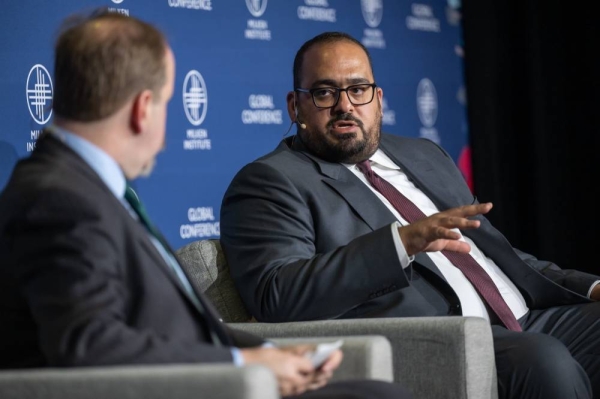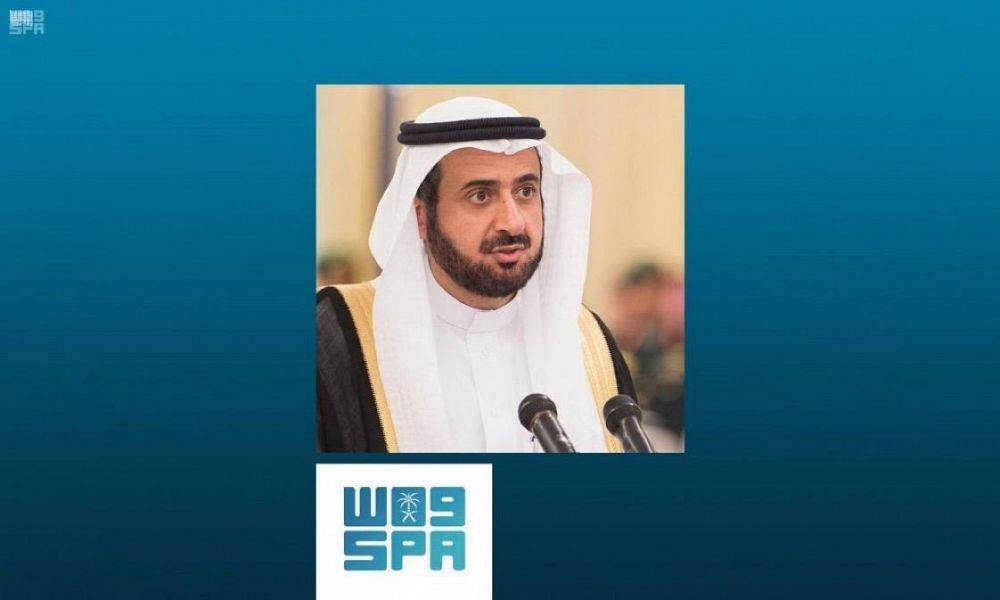
King Salman last week established a nationwide system of royal reservations, or reserves, under which more than 200,000 square kilometers, or 10 percent of Saudi Arabia’s land area, have been placed in a forward-leaning mix of land management with economy, tradition and culture, as well as protecting nature.
About the size of the United Kingdom, the new reserves represent a conservationist’s dream come true. They will contribute to the development of rural and remote areas and provide jobs for local populations. A similar target is behind the establishment or upgrade of new high commissions for local development in a number of Saudi provinces, as transformation reaches these areas of the Kingdom.
Under the royal orders, six nature reserves have been designated in order to re-establish wildlife, enhance their development and promote eco-tourism, while limiting overfishing and overgrazing, preventing deforestation and maintaining and increasing vegetation. The reserves will not be fenced off because they are public property.
Saudi Arabia is linking its landscape with projects and development under Saudi Vision 2030; this time through investment in the Kingdom’s unique topography. The areas include a broad swath of climate zones from beaches to deserts to mountains, which are being transformed into attractions given the competitiveness of tourism in the region. Saudi Arabia’s seven physiographic regions, 30 sub-regions and 31 major ecotypes provide an array of topographical delight.
Land management in Saudi Arabia focuses on the landscape as part of the cultural preservation of the Kingdom’s archeological sites, but also the very nature of the land and its use
Dr. Theodore Karasik
The royal reserves are: Rowdat Khuraim, Mahazat Al-Said, the nature reserves of Al-Taysiyah, Al-Tanahat, Al-Khafs, Al-Kanqah, Al-Tubaiq and Hurrat Al-Harrah, and the area located between the Neom project, the Red Sea project and Al-Ula, which is known as the Prince Mohammed Bin Salman Natural Reserve. They are all important areas for conservation and appreciating the spectacular landscape of the Kingdom. Afforestation is a major objective in the country’s north.
Land management in Saudi Arabia focuses on the landscape as part of the cultural preservation of the Kingdom’s archeological sites, but also the very nature of the land and its use. The landscape is part of the social and cultural aspects of the individual, family or community as part of the biological, cultural and physical character of everyday Saudi lives. The cultural landscape is seen in historical sites and designed landscapes, while the ethnographic landscape focuses on contemporary settlements and geological structures.
Typically, land management has fallen under the Ministry of Agriculture and Water and the Meteorological and Environmental Protection Agency, as well as local municipal government. It became clear, however, that for the creation of a representative, well-maintained system of protected areas, and to develop renewable resources to the benefit of all citizens, a major restructuring was required.
Now, with the royal reserve conservation system, the ability to maintain these zones is under the Council of Royal Reserves, where the responsibility for management and investment strategies falls to key, youthful Saudi leaders, who will establish a board of directors to manage and maintain each royal reserve. The new Ministry of Culture is part of the push toward marrying investment and innovation with culture and tradition.
Sustainable land management and the sponsorship of initiatives addressing the relationship between land management and the environment are necessary. Bringing into the mix the requirement to monetize the tourist industry is part of the next step.
Considering the size of the Kingdom and its diversity, the creation of a sound system of protected areas is a daunting task, the more so as the system must be appropriate to Saudi Arabia’s accelerating socio-economic circumstances and be generally accepted, especially by rural communities. It is in these rural communities that Saudi Arabia’s land management will become key to bridging the divide between urban and rural, especially given historical concepts of grazing reserves, or “hima” — the traditional system for sustainable resource management.
To be successful in the long term, Saudi conservation must be adapted toward providing the ecological foundation for sustainable national economic development in a rapidly changing region and world. The success of the management of protected areas in Saudi Arabia could be attributed to the fact that the country’s conservation initiative is now engrained in Vision 2030.
The next steps in the new nature reserve system is to develop human resources with the intensifying of training, public awareness campaigns, extension services and exhibitions tied to Saudi conservation methods, as well as scientific work. Saudi conservation is not only about nature, but also about the Kingdom’s relationship to the land and sea and how best to develop the land for the best economic use while preserving its natural state. The Kingdom’s ecosystems are its lasting treasure, more than energy.
Dr. Theodore Karasik is a senior adviser to Gulf State Analytics in Washington, D.C. He is a former RAND Corporation Senior Political Scientist who lived in the UAE for 10 years, focusing on security issues. Twitter: @tkarasik











